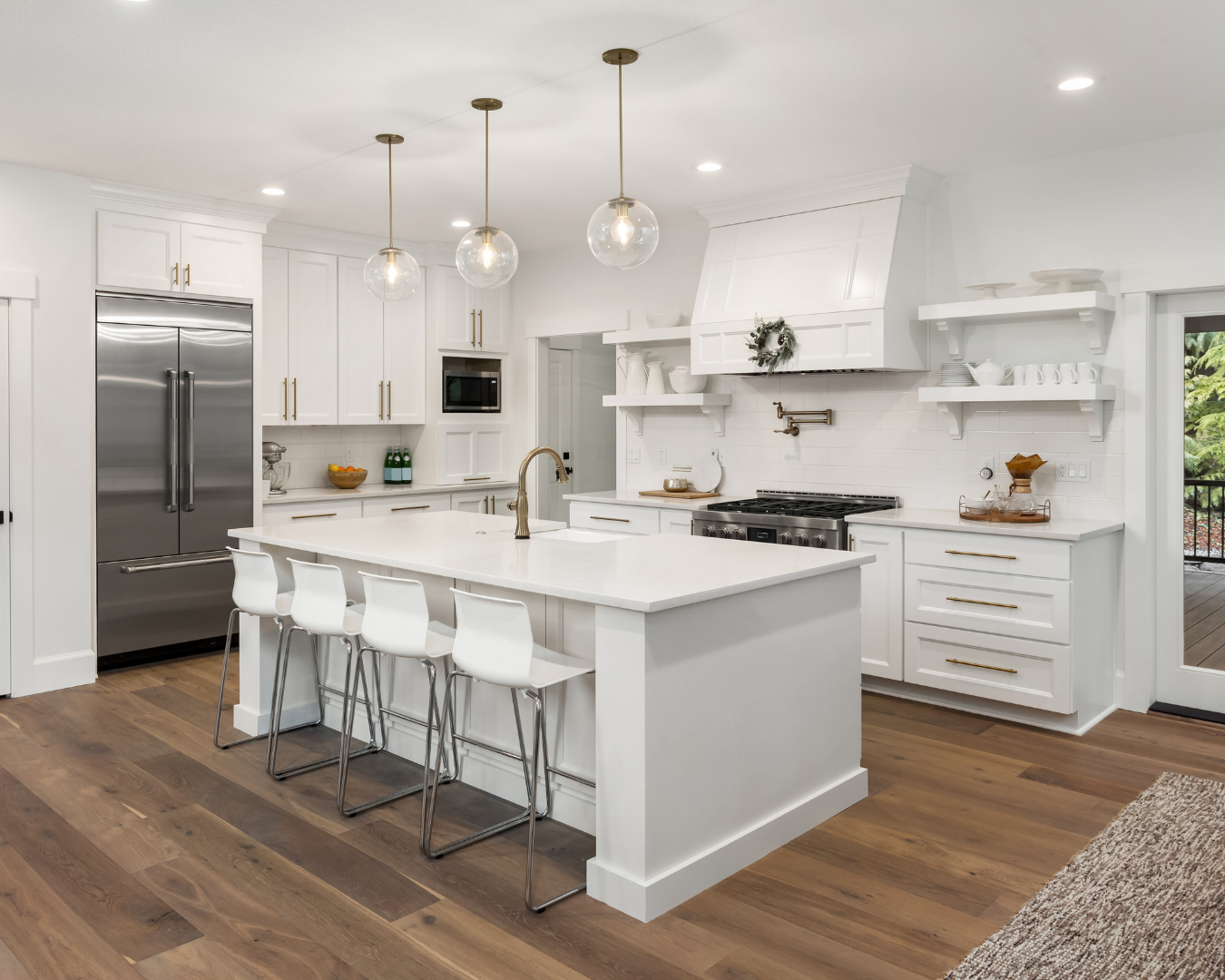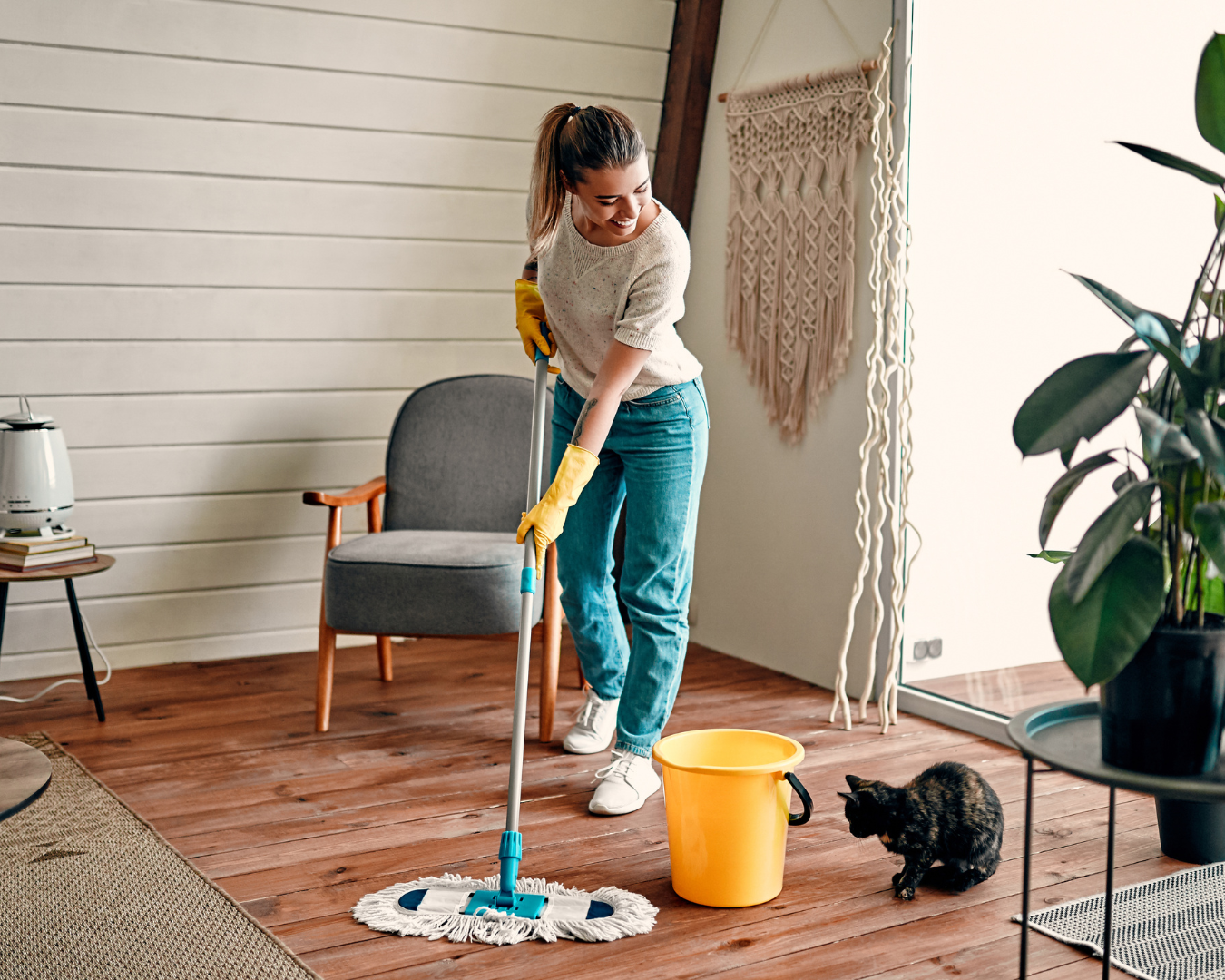The kitchen is the heart of the home, where meals are crafted, conversations flow, and memories are made. A well-lit kitchen not only enhances its functionality but also elevates its ambiance, making it a more inviting and enjoyable space. Whether you’re renovating your kitchen or simply looking to update its look, exploring various lighting solutions can make a significant impact. Here, we’ll delve into three main categories of kitchen lighting: task lighting, ambient lighting, and decorative lighting, offering you a comprehensive guide to brighten up your culinary haven. Task Lighting: Precision and Functionality Task lighting is crucial in the kitchen, as it illuminates the areas where you perform specific tasks, such as chopping, cooking, and cleaning. The key is to provide focused, shadow-free light that enhances visibility and reduces eye strain. Under-Cabinet Lighting Under-cabinet lights are perfect for illuminating countertops and workspaces. LED strip lights or puck lights installed underneath cabinets provide direct light exactly where you need it. These lights are energy-efficient and can be easily dimmed to suit different tasks. Pendant Lights Pendant lights over kitchen islands or breakfast bars not only provide task lighting but also add a touch of style. Choose fixtures with adjustable height and direction to tailor the light to your needs. For a modern look, consider sleek, minimalist designs, or opt for vintage-inspired pendants to add character. Recessed Lighting Recessed lights, also known as can lights or downlights, are installed in the ceiling and provide a clean, unobtrusive lighting solution. Position them strategically above high-traffic areas like the stove, sink, and food prep zones to ensure ample illumination. Ambient Lighting: Setting the Mood Ambient lighting, or general lighting, provides overall illumination to the kitchen, creating a warm and inviting atmosphere. It fills the room with light, making it easy to navigate and enhancing the room’s overall ambiance. Ceiling Fixtures Flush mount or semi-flush mount ceiling fixtures are excellent for providing widespread light in the kitchen. These fixtures come in various styles and sizes, from simple designs to more ornate options, allowing you to choose one that complements your kitchen décor. Chandeliers For a touch of elegance, consider a chandelier. While traditionally thought of as dining room fixtures, chandeliers can bring a sense of sophistication to the kitchen, especially when hung over a large island or dining table. Choose a design that aligns with your kitchen’s style, whether it be modern, rustic, or classic. Cove Lighting Cove lighting, installed in a recessed area like the top of cabinets or in ceiling moldings, casts light upwards towards the ceiling, creating a soft, diffused glow. This indirect lighting method can make your kitchen feel larger and more open. Decorative Lighting: Adding Flair and Personality Decorative lighting serves as the jewelry of your kitchen, adding personality, style, and a focal point. These fixtures can be statement pieces that enhance the aesthetic appeal of your kitchen. Statement Pendants Beyond their task lighting function, statement pendants can be a design focal point. Choose bold, eye-catching designs that reflect your personal style. Whether it’s a cluster of industrial-inspired pendants or a single oversized shade, these lights can dramatically alter the look of your kitchen. Accent Lighting Use accent lighting to highlight specific features in your kitchen, such as glass-front cabinets, artwork, or architectural details. Small LED spotlights or strip lights can draw attention to these areas, adding depth and interest to your space. Under-Shelf Lighting Install lighting underneath shelves to showcase decorative items or to add a soft glow to your kitchen. This type of lighting is subtle but effective in enhancing the visual appeal of your kitchen. Combining Lighting Types for a Layered Effect The most effective kitchen lighting schemes incorporate multiple types of lighting to create a layered effect. Combining task, ambient, and decorative lighting ensures that your kitchen is both functional and beautiful. Use dimmers and smart lighting controls to adjust the intensity and mood, allowing you to switch from bright, task-oriented lighting to a softer, more relaxed ambiance with ease. Updating your kitchen lighting is a powerful way to transform the space, improving both its functionality and ambiance. By thoughtfully integrating task, ambient, and decorative lighting, you can create a kitchen that is well-lit, stylish, and perfectly suited to your needs. Experiment with different fixtures and placements to find the perfect balance, and enjoy the enhanced beauty and utility of your newly illuminated kitchen.










